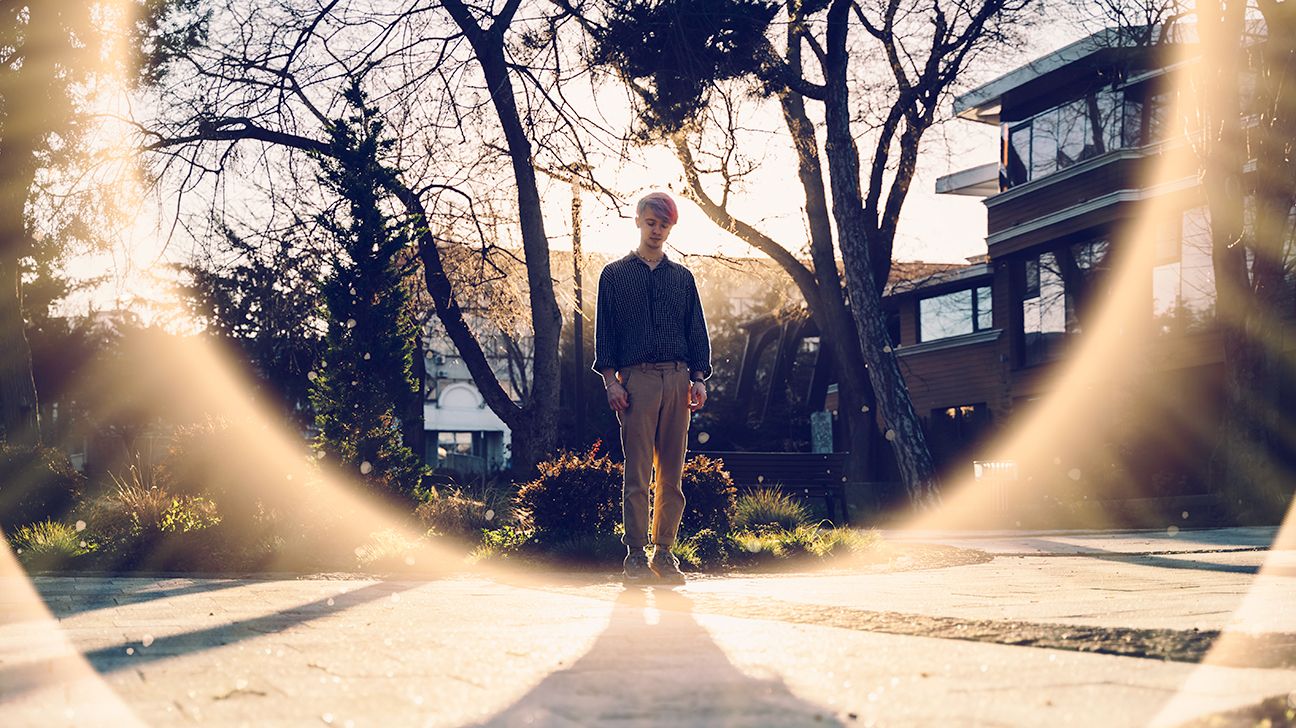Different types of migraine aura can produce various visual disturbances, bodily sensations, and speech changes. Most auras last less than an hour.

About 25–30% of people with migraine experience some type of migraine aura. An aura typically occurs before or during a migraine headache. For some people, they are a sign that a migraine attack is about to happen.
There are three main types of migraine aura:
- visual
- sensory
- language
Less common types of aura are:
- motor
- retinal
- brainstem
Most migraine auras start gradually, about an hour before the start of a migraine attack. Different types of migraine auras can last anywhere from 5 minutes to several hours.
According to the American Migraine Foundation, about 4% of people with migraine experience auras without headache pain. It is more common in people ages 55 and older.
This article reviews and discusses different types of migraine aura that you may experience during an attack.
Visual auras are the most common type of aura. The American Migraine Foundation reports that 90% of people who experience an aura experience the visual type of aura.
Symptoms of visual auras include:
- bright flashes of light or stars
- shimmering zigzag lines or geometric patterns
- blind spots
- black or white dots
- blurred vision
- small bright dots
- flickering lights
The next most common type of migraine aura is the sensory aura, which is an aura that you can feel in your body. These auras may occur on their own or alongside visual auras.
You may have the following sensations:
- numbness
- tingling
- pins and needles
People
A
Language aura affects your language and challenges your communication abilities. It is not as common as visual or sensory auras.
The symptoms of a language aura may include:
- (dysarthria)
- mumbling
- inability to say the right words
- difficulty understanding words
Only about
The following are much less common types of migraine aura:
Hemiplegic migraine (motor aura)
Migraine with motor aura is also known as hemiplegic migraine. Hemiplegic migraine is extremely rare, affecting less than
Motor aura can cause:
- weakness on one side of the body
- dizziness
- loss of coordination
- tingling or numbness
- weakness on alternating sides of the body (first on one side, then the other)
The symptoms of a motor aura
Retinal migraine
Retinal migraine is similar to a visual aura, but it only affects one eye. And rather than visual distortions, you are more likely to have vision loss.
You may lose all vision in one eye for periods of about 10–20 minutes or experience partial vision loss for up to an hour. Some people see black spots, called scotomas, that grow in size and result in temporary vision loss.
The prevalence of this rare type of migraine is
Migraine with brainstem aura
Migraine with brainstem aura, formerly referred to as a basilar migraine, occurs in up to about
The symptoms of this type of aura may include:
- having a sensation of movement (vertigo)
- having weakened speech muscles
- ringing in the ears (tinnitus)
- having hiccups
Talk with a doctor if you experience an aura or any neurological symptoms for the first time. You should also contact a doctor if you experience any of the following aura symptoms:
- an aura that starts suddenly rather than gradually
- an aura lasts longer than an hour
- weakness on one side of your body
- a loss of consciousness or alertness
The following are answers to some common questions about migraine aura.
What are the different migraine auras?
The three main types of migraine aura are visual, sensory, and language auras. Rarer auras include motor, retinal, and brainstem auras.
What is the most common migraine aura?
By far, the most common type of migraine aura is the visual aura — over 90% of people with migraine aura experience this type of aura.
What are migraine episodes with visual auras like?
Visual auras disrupt your vision. You may see bright lights, spots, or shimmering zigzag lines. You may also have partial vision loss.
Although a migraine aura may cause visual, sensory, or motor disturbances, it usually lasts 5–60 minutes.
If it lasts longer or you have symptoms such as weakness on one side of your body or loss of consciousness, it’s important to speak with a doctor immediately.
